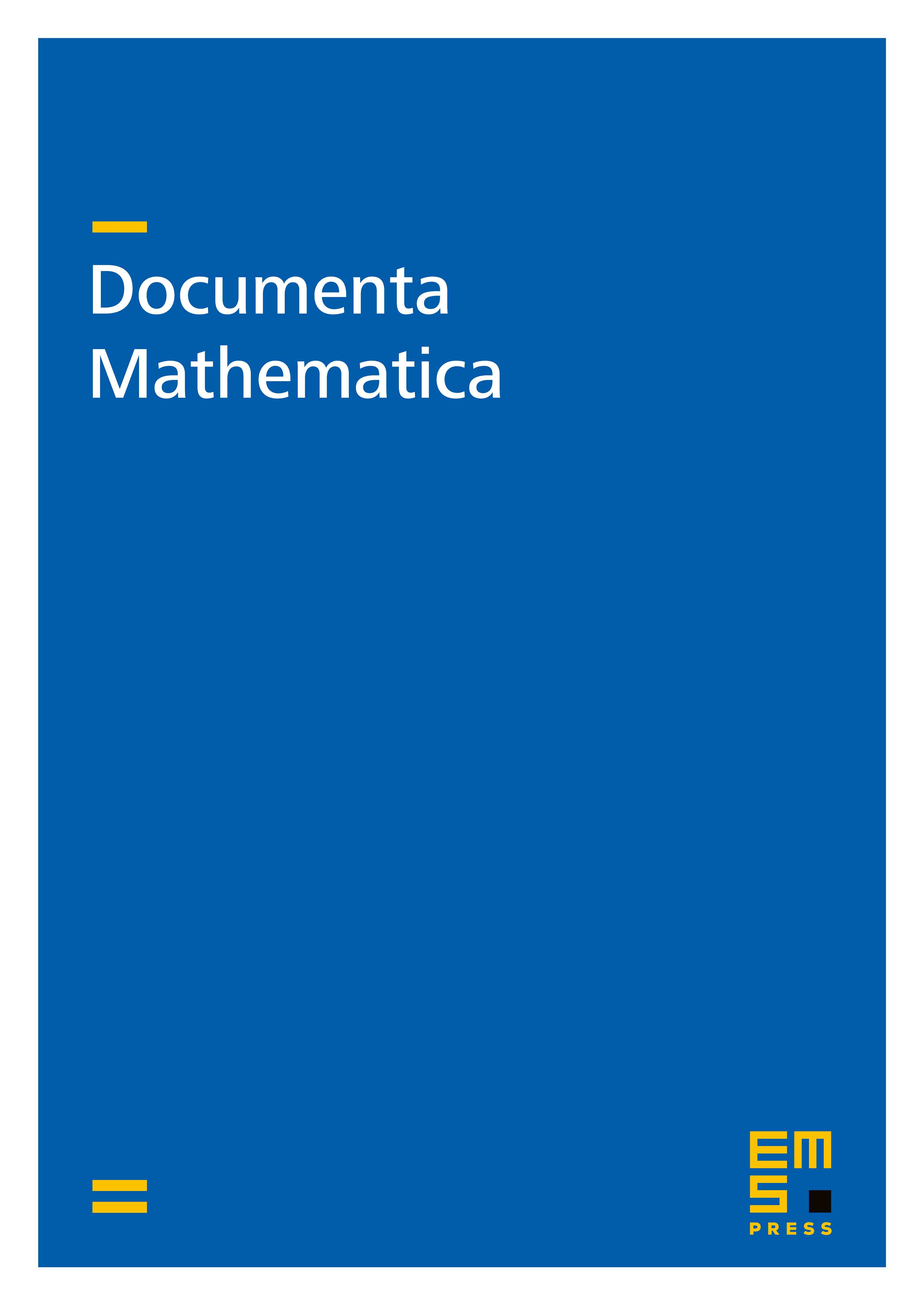Additivity violation of the regularized minimum output entropy
Sang-Gyun Youn
Department of Mathematics Education, Seoul National University, Seoul 08826, Republic of KoreaBenoît Collins
Department of Mathematics, Graduate School of Science, Kyoto University, Kyoto 606-8502, Japan

Abstract
The problem of additivity of the Minimum Output Entropy is of fundamental importance in Quantum Information Theory (QIT). It was solved by Matthew B. Hastings [“Superadditivity of communication capacity using entangled inputs”, Nature Physics 5, 255–257 (2009; doi:10.1038/nphys1224)] in the one-shot case by exhibiting a pair of random quantum channels. However, the initial motivation was arguably to understand regularized quantities, and there was so far no way to solve additivity questions in the regularized case. The purpose of this paper is to give a solution to this problem. Specifically, we exhibit a pair of quantum channels that unearths additivity violation of the regularized minimum output entropy. Unlike previously known results in the one-shot case, our construction is non-random, infinite-dimensional, and in the commuting-operator setup. The commuting-operator setup is equivalent to the tensor-product setup in the finite-dimensional case for this problem, but their difference in the infinite-dimensional setting has attracted substantial attention and legitimacy recently in QIT with the celebrated resolutions of Tsirelson's and Connes embedding problem [Z. Ji et al., “”, Preprint, arXiv:2001.04383], Likewise, it is not clear that our approach works in the finite-dimensional setup. Our strategy of proof relies on developing a variant of the Haagerup inequality optimized for a product of free groups.
Cite this article
Sang-Gyun Youn, Benoît Collins, Additivity violation of the regularized minimum output entropy. Doc. Math. 27 (2022), pp. 1299–1320
DOI 10.4171/DM/898